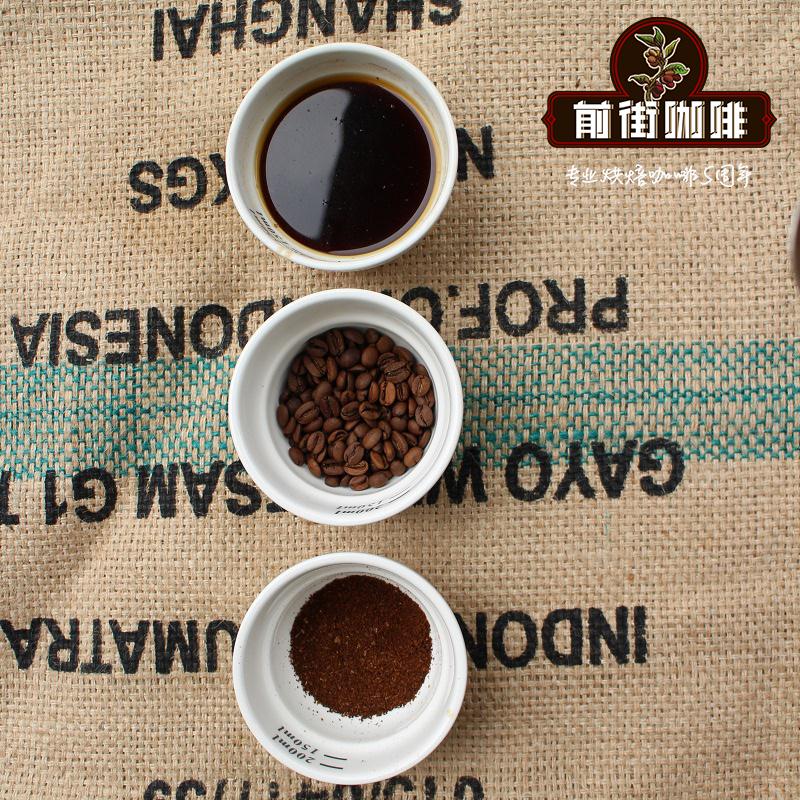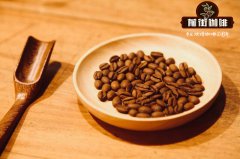What is the flavor wheel? What's the idea? From which aspect to remember the flavor characteristics of coffee
What is the flavor wheel? What's the idea?
The American Fine Coffee Association (SCAA), the symbol of the boutique coffee industry, designed the "Coffee Flavor Wheel" (Coffee Taster's Flavor Wheel), which was updated for the first time in 21 years at the beginning of this year. The revision of the new edition of Flavor Wheel is based on the World Dictionary of Coffee sensory Research (The World Coffee Research Sensory Lexicon). This masterpiece brings together the wisdom of dozens of experts and scholars from different fields such as sensory science, coffee procurement and coffee roasting. With the coordinated guidance of SCAA and the cooperation of the World Coffee Research Association (WCR), experts updated and adjusted the Flavor Wheel for the first time. This is the largest special study on coffee taste in human history, and the taste types and technical terms covered by "Flavor Wheel" have been effectively supplemented. This new "flavor wheel" will completely subvert the overall development of the coffee industry and the application of coffee taste.
1. Aroma
Smell is a volatile substance, invisible, can not be touched or seen, can only approach it and feel it. Remembering the smell of your surroundings is an exercise that needs to be accumulated in daily life. Usually, we should consciously remember the smell of the surrounding living environment: tarmac roads, gardens, woods, seasoning cans in the kitchen, vegetable markets, and so on. The purpose of this exercise is to classify all kinds of aromas-floral, fruity, nutty, balsam, scorched odor, etc. Finally, be able to understand the common characteristics of each smell type.
Memory is the persistence of psychology in time, and memory is inseparable from memory in the process of perception, discrimination, monitoring, and comparison.
Second, sense of taste
As everyone's preference for taste varies greatly, so does their acceptance. We can taste a taste, but we can't describe it accurately.
On the other hand, the flavor wheel classifies all the taste systems perceived by human beings, and with practice, it can clearly perceive the tiniest differences among all tastes.
Our tongues have two kinds of "receivers":
The first kind: taste buds. It covers the whole tongue and can be used to taste food (drink).
The second kind: taste. It is sensed through the peripheral nerves above our mouth and tongue.
Taste-the smooth and astringent taste of the entrance. Smooth (high quality, fibrous), astringent (polyphenols). Body (what we often call caffeine thickness) is mainly reflected by the tactile sensation caused by the oil and fiber of coffee that is insoluble in water. The more the content, the more sticky or smooth it is. Astringency, contrary to smoothness, is the roughness of polyphenols (molecules insoluble in water in coffee beans) in the mouth, an unsmooth touch.
The smooth and thick taste of coffee is a kind of colloid formed by oily proteins, fibres and other tiny suspensions that do not dissolve in water, forming a sense of touch in the mouth.
Astringency in wine comes from tannins. However, coffee beans contain almost no tannic acid, which exists only in trace amounts in the pericarp of coffee. The astringency of coffee mainly comes from the degradation of "chlorogenic acid" in raw beans into "dicaffeoylquinic acid" Dicaffeoylquinic acid during roasting, which is sour and bitter, but it is a powerful antioxidant.

Important Notice :
前街咖啡 FrontStreet Coffee has moved to new addredd:
FrontStreet Coffee Address: 315,Donghua East Road,GuangZhou
Tel:020 38364473
- Prev

What is coffee bean grading coffee country of origin grading system boutique coffee
Professional coffee knowledge exchange more coffee bean information Please pay attention to the coffee workshop (Wechat official account cafe_style) what is the classification of coffee beans usually when we look at individual coffee, we often see a long name sandwiched with one or two acronyms, such as PB, AA, G1 and so on, which actually represent the grade given by the producing country. On this earth, there is no
- Next

Why do coffee beans taste better in high altitude areas? Altitude and Flavor of Fine Coffee Bean producing area
Why do coffee beans taste better in high altitude areas? Through the continuous research of coffee seniors, it is found that under the condition of the same gene of coffee beans, the flavor of coffee beans planted in high-altitude producing areas is better. I wonder if there are any former rural friends, have you ever known that apples, cantaloupes, grapes and other fruits are especially sweet in areas with large temperature differences between day and night? Coffee
Related
- Beginners will see the "Coffee pull flower" guide!
- What is the difference between ice blog purified milk and ordinary milk coffee?
- Why is the Philippines the largest producer of crops in Liberia?
- For coffee extraction, should the fine powder be retained?
- How does extracted espresso fill pressed powder? How much strength does it take to press the powder?
- How to make jasmine cold extract coffee? Is the jasmine + latte good?
- Will this little toy really make the coffee taste better? How does Lily Drip affect coffee extraction?
- Will the action of slapping the filter cup also affect coffee extraction?
- What's the difference between powder-to-water ratio and powder-to-liquid ratio?
- What is the Ethiopian local species? What does it have to do with Heirloom native species?

